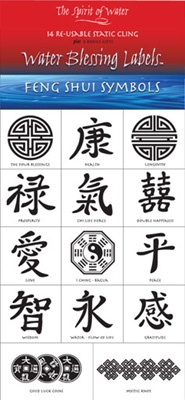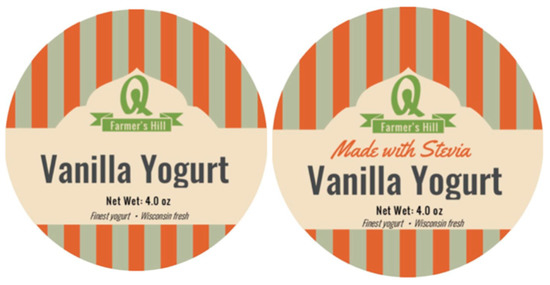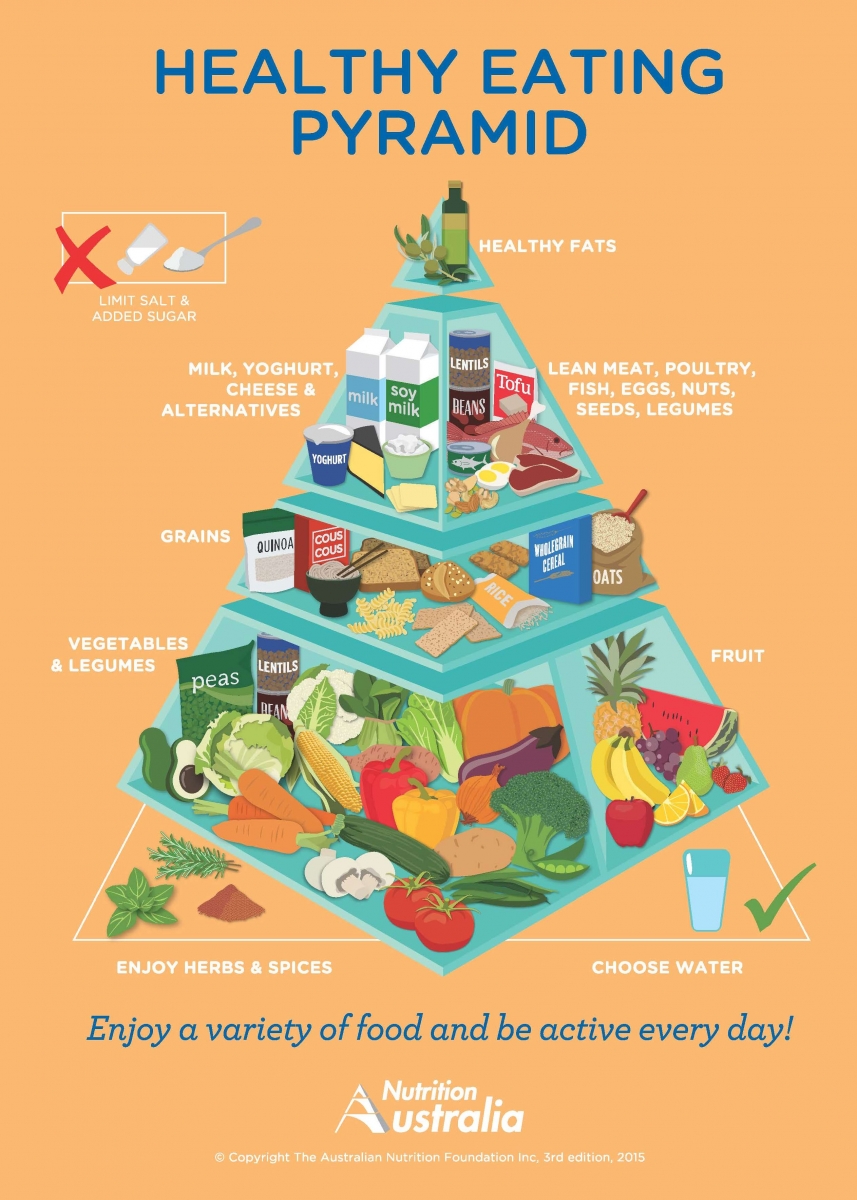43 energy on food labels
Food Labels | Nutrition.gov The U.S. Food and Drug Administration (FDA) has updated the Nutrition Facts label on packaged foods and beverages with a fresh design that will make it easier for you to make informed food choices that contribute to lifelong healthy eating habits. What's in a Name? What Every Consumer Should Know About Foods and Flavors Food labels - NHS Most pre-packed foods have a nutrition label on the back or side of the packaging. These labels include information on energy in kilojoules (kJ) and kilocalories (kcal), usually referred to as calories. They also include information on fat, saturates (saturated fat), carbohydrate, sugars, protein and salt.
Why most food labels are wrong about calories A calorie is a measure of usable energy. Food labels say how many calories a food contains. But what they don't say is that how many calories you actually get out of your food depends on how highly...

Energy on food labels
Food Labeling & Nutrition | FDA Food labeling is required for most prepared foods, such as breads, cereals, canned and frozen foods, snacks, desserts, drinks, etc. Nutrition labeling for raw produce (fruits and vegetables) and... Food labels & nutritional information | Raising Children Network Things to look out for on food labels: energy, fat, sugar and salt Energy Energy is listed on the panel as kilojoules (kJ). Fats, protein and carbohydrates all provide your body with the energy or kilojoules you need to function and do your daily activities. Energy Club | Vitamins & Supplements Canada | Health ... Body Energy Club gives you the health and energy boost to perform your best every day. Visit us in-store for one of our famous smoothies and healthy bowls, or shop online for quality vitamins & supplements from trusted brands. Free shipping to Canada over $39.
Energy on food labels. Important Requirements for Energy Drink Labels - CTM Labeling Systems To this end, the group adopted a series of commitments in 2014 called the "ABA Guidance for the Responsible Labeling and Marketing of Energy Drinks.". This laid down 6 requirements for labeling on beverages produced by member companies: Labels must list suggested serving size, caffeine per serving, per container, or both. Understanding Food Labels - The Nutrition Source Understanding Food Labels. The information on food labels is intended to help consumers become savvy about their food choices. The front, back, and sides of a package are filled with information to inform us what the food contains and to provide guidance in making healthier selections of processed foods. However, all the numbers, percentages ... How Do They Calculate Calories on Food Labels? Additional research shows that energy values using traditional Atwater factors overestimate the energy value of almonds and pistachios by 32% and 5%, respectively. Our tips: We want to believe that the information on food labels is 100% accurate, but in reality, it is a compilation of best available data rounded to whole numbers. Nutrition labelling | Food Standards Agency energy value must be expressed in kilo joules (kJ) and kilo calories (kcal) and the amount of the nutrients must be expressed in grams (g) all elements must be included next to each other. The...
Understanding food labels: portions, energy | Health24 When next you look at a food label that says 'low in energy', first check the label to see how much energy it really contains. That energy bar we were discussing earlier may contain as much as 500kJ per 50g portion (which means it contains 1000kJ per 100g). Therefore, it is anything but 'low in energy'. Energy content of slimming products How To Read Food and Beverage Labels - National Institute on Aging At the top of the Nutrition Facts label, you will find the total number of servings in the container and the food or beverage's serving size. The serving size on the label is based on the amount of food that people may typically eat at one time and is not a recommendation of how much to eat. Read more about serving and portion sizes. Label: Front of pack labels > Five key nutrients > Energy - Food label The energy a food delivers depends on the nutrients it contains. A gram of carbohydrates has four calories as does a gram of protein. One gram of fat contains nine calories and a gram of alcohol has seven calories. Eating too little energy'can be equally bad for health as it can mean the body isn't getting enough nutrients, which can be bad for ... How to understand food labels | Eat For Health The Nutrition Information Panel on a food label offers the simplest and easiest way to choose foods with less saturated fat, salt (sodium), added sugars and kilojoules, and more fibre. It can also be used to decide how large one serve of a food group choice or discretionary food would be and whether it's worth the kilojoules.
Food labels: a guide to reading nutrition labels - MyDr.com.au The nutrition label displays the quantity of energy (measured in kilojoules) found in a serving and in 100 grams (or 100 millilitres if liquid) of the product. However, there are no standards for serving sizes and they are decided by the manufacturer. Nutrition labels decrease energy intake in adults consuming ... - PubMed However, few empirical studies have investigated the impact of nutrition labeling on food selection or energy intake. This study tested the hypothesis that nutrition labeling in combination with nutrition label education would promote reductions in energy intake using a laboratory-based paradigm. en.wikipedia.org › wiki › European_Union_energy_labelEuropean Union energy label - Wikipedia A new energy label, introduced in 2010, is based on the energy efficiency index (EEI), and has energy classes in the range A+++ to D. The EEI is a measure of the annual electricity consumption, and includes energy consumed during power-off and standby modes, and the energy consumed in 220 washing cycles. For the washing cycles, a weighted mix ... Calculate the energy content of foods - Dairy Science Calculate the energy content of foods While this calculator can be used a simple food calorie counter it is an integral part of an article on food labelling. The article provides an insight to the use of food labelling as a governmental policy 'tool' in the 'battle' against obesity and explains the science underlying the calculations.
› how-to-read-food-labelsHow to read food labels | healthdirect Energy: A kilojoule is a measure of energy. To lose weight, you need to eat and drink fewer kilojoules (kJ) than you use. You should limit your intake of discretionary or junk foods — i.e. those that have more than 600kJ per serve.

Proposed environmental food label design as an add-on to the USDA... | Download Scientific Diagram
How to Understand and Use the Nutrition Facts Label | FDA - U.S. Food ... That is two times the calories and nutrients shown in the sample label, so you would need to double the nutrient and calorie amounts, as well as the %DVs, to see what you are getting in two...
Should You Bite on Energy Bar Health Claims? - Consumer Reports Energy bar labels are covered in claims from "gluten free" to "non GMO." We counted 31 different types of assertions on the labels of the bars we looked at in our recent tests that had to do with...
Food Labels | CDC - Centers for Disease Control and Prevention All the numbers on this label are for a 2/3-cup serving. This package has 8 servings. If you eat the whole thing, you are eating 8 times the amount of calories, carbs, fat, etc., shown on the label. Total Carbohydrate shows you types of carbs in the food, including sugar and fiber. Choose foods with more fiber, vitamins, and minerals.
en.wikipedia.org › wiki › Food_energyFood energy - Wikipedia Many governments require food manufacturers to label the energy content of their products, to help consumers control their energy intake. To facilitate evaluation by consumers, food energy values (and other nutritional properties) in package labels or tables are often quoted for convenient amounts of the food, rather than per gram or kilogram; such as in "calories per serving" or "kcal per 100 ...
› eere › fempFederal Energy Management Program | Department of Energy Links to federal government progress and key resources. The Federal Energy Management Program (FEMP) works with its stakeholders to enable federal agencies to meet energy-related goals, identify affordable solutions, facilitate public-private partnerships, and provide energy leadership to the country by identifying and leveraging government best practices.
Food Labels: Calories VS Energy - Marci R.D. In case you haven't noticed, their food labels don't contain the word "calories." Instead, they use the word "energy." Every time I see that it brings a smile to face. In my opinion, the word calorie seems to possess a laundry list of negative associations. Count your calories Cut your calories Burn your calories Choose your calories wisely
Energy in food (kilojoules and calories) - Better Health Channel Food energy used to be measured in Calories (Cal) and some countries still use those units. The conversions are as follows: 1 kJ = 0.2 Cal; ... You can find out how many kilojoules are in specific foods by checking the label (nutrition information panel) on packaged foods in the supermarket. When eating out or grabbing food on the run, check ...





Post a Comment for "43 energy on food labels"